|
The Spooner Agriculture Research Station Teaching & Display Garden has some great ideas that you can use next year when ordering seeds for your 2024 garden. Several that stood out as especially striking are shown below. This combo is Black Magic Kale and Holi Scarlet Zinnia. The Zinnia is a 2019 All-America Selections winner. "AAS Judges deemed this an “excellent flower” because of the bright solid color, size, and the number of blooms as well as the disease resistance, which was superior to the comparisons." The other combo that received raves from visitors and pollinators included two All-America Selections winners. Snapdragon Double Shot TM Orange Bicolor F1 (Antirrhinum majus nanum) was a winner this year and combined beautifully with the 2022 winner Verbena Vanity (Verbena bonariensis). Bees and butterflies were constantly visiting both of these in August. This 2019 All-America Selections winner is Big Duck Gold Marigold. It looks good in both a planting bed as well as in containers. Large blooms and full bushy plants really stand out.
The Teaching & Display Garden is open to the public for self-guided tours during day light hours seven days a week mid-May through mid-September. The Station’s Teaching and Display Garden is located at 780 Orchard Lane off Highway 70 just east of Spooner. Due to construction on Highway 70, Orchard Lane and Hwy 70 is closed at the Yellow River bridge so the only access to the Garden is via Orchard Lane to the north from Ramsdell or Ojibwa Rd.
0 Comments
The Spooner Agriculture Research Station Teaching & Display Garden holds a host of great gardening tips. Plan a visit now to gather these tips and see the garden at its peak. What's going on with this netting? Answer: Physical pest prevention as an alternative to using chemicals.
Physical Pest Prevention: Some insect pests can be controlled by putting up physical barriers that prevents the adults from reaching the plants to lay their eggs. This floating row cover protects these cabbages from imported cabbage worms and cabbage loopers, two highlight destructive caterpillars. Another example of this is burying squash and pumpkin vines to prevent Squash Vine Borer. The Teaching & Display Garden is open to the public for self-guided tours during day light hours seven days a week mid-May through mid-September. The Station’s Teaching and Display Garden is located at 780 Orchard Lane off Highway 70 just east of Spooner. Due to construction on Highway 70, Orchard Lane and Hwy 70 is closed at the Yellow River bridge so the only access to the Garden is via Orchard Lane to the north from Ramsdell or Ojibwa Rd. Speakers and topics covered this year are:
Three Sisters Garden: This space located near the south end of the vegetable garden displays the “Three Sisters” combination of Corn, Beans and Squash. For centuries these three crops have been the center of Native American agriculture and culinary traditions. While planting styles varied, the concepts for planting these three vegetables near each other were as follow. The corn provides tall stalks for the beans to climb so they are not outcompeted by the sprawling squash. Beans being legumes, fix nitrogen through their symbiotic relationship with rhizobia bacteria, and provide nitrogen to the corn, and the large vining squash leaves shade the ground which helps retain soil moisture and reduces competition from weeds. The vegetables seeds for this planting were gifted to us by the Lac Courte Oreilles Ojibwe tribe and include Cherokee Trial of Tears black pole beans, Bear Island and Mandan Bride flint corn and the Gete Okosomin (big old squash). In this garden the corn was planted in early June in a swirl with space between rows approximately two feet. The inter swirl is Mandan Bride and the outer part of the swirl is Bear Island. When the corn was about 6 sinches tall a single bean seed was planted near the base of each corn plant. About a week later after the beans germinated the squash seeds were planted several feet around the edges of the outer swirl of corn. Seed to Kitchen Collaborative/Organic Seed Alliance vegetable trials: For many years the Spooner Research Station has conducted field scale organic vegetable variety trials for the SKC project. The goal of this research is to evaluate new and promising vegetable varieties that have improved flavor and direct market qualities. These plots are typically 1/8 to over one acre in size and include replicated and randomized plantings. To increase participation and feedback, gardeners and fresh market growers can now participate in evaluating select breeding line in their own gardens. Participating gardeners are sent all the seeds they need for their trials, labels, planting maps and datasheets. They agree to start the seeds and plant a minimum of 3-4 plant and manage them as they normally would other crops and provide feedback on how plants grew. In the Display Garden we have a pepper breeding trial, four different tomato breeding trials, and several potato breeding trials. More info at https://seedtokitchen.horticulture.wisc.edu/ Children’s Garden and Little Free Library: We now have an officially registered Little Free Library located in what is now being called our Children’s Garden Area. This Little Free Library features kids’ books and will be incorporated into our summer Kids in the Garden program. Organic Mulches in the Garden: Keeping the soil covered is one of the guiding principles of improving soil health, and mulches are one option. Shredded bark and wood chips are being used in walkways and under perennial plants, and various locally sourced plant materials are used under and around annual plants. Organic mulches suppress weeds, help retain soil moisture and enrich the soil with organic matter and nutrients. The Teaching & Display Garden is a joint effort between UW-Madison College of Agriculture and Life
Science Spooner Agriculture Research Station, UW-Madison Division of Extension and Master Gardener and Research Station Volunteers. More info at https://spooner.ars.wisc.edu/ We're entering peak season at the Spooner Agriculture Research Station, Teaching & Display Garden, located at 780 Orchard Lane, Spooner. Photos taken this week highlight native plants and All-America Selections Annuals and Vegetables. The garden is open to the public for self-guided tours during daylight hours, seven days a week mid-May through mid-September. Hover over each photo for description.
The pre-order form is available on our website at www.northcountrymgv.org/plant-sale and at the Spooner Memorial Library, Shell Lake Public Library, and other local organizations.
Tomatoes, Peppers, and our popular 6 Packs of Pollinators and Herbs
Further information about the sale is available at www.northcountrymgv.org/plant-sale or e-mail [email protected].
Kevin Schoessow, Area Agricultural Development Agent with the University of Wisconsin-Madison Division of Extension, takes you through the Teaching & Display Garden at the Spooner Ag Research Station in July 2021.
For Taste, we have Nasturtium Jewel Blend that is colorful and edible, and Red Russian Kale, a tender and beautiful heirloom.
For Touch, we have planted the Tickled Pink Sensitive Plant ornamental that will close when touched by children (or adults, who also cannot resist them), Bunny tail grass heirloom that will delight you when you touch the fuzzy, fun flower heads, and Tall Maximum Blend heirloom snapdragons that make exceptional cutting flowers, as well as delighting you by pressing the sides of the flower to “open the dragon’s mouth”. For Sight, we have Penstemon Dazzler Blend, a wonderful dwarf blend of soft rose, pink, blue and purple hues, an heirloom Come & Cut Again Zinnia with vibrant colors that attracts butterflies in search of sweet summer nectar, Pacific Beauty Calendula Pot marigold that is edible and pollinator-attracting, and Profusion Zinnias. We have also placed a bird bath in this area, hoping to gain sight of the birds as well as the sound of their song. For Smell, we have planted Nicotiana that will grow to about 5’ tall and is topped with 3-4” trumpet-shaped white blossoms at its crown. The Nicotiana flowers open in the evening and release a pleasant, sweet fragrance, Genovese Basil that is a classic Italian Variety prized by Cooks, Lemon & Tangerine marigold that have brilliant masses of dainty flowers on compact, fragrant plants with lacy foliage, Lemon Basil that allows you to breathe in the lemony aroma, and Four O’clocks. We have placed a circular picnic bench in this area, to invite you to sit down for a while and enjoy the scents that surround you. For Sound, we have bamboo wind chimes, surrounded by Miss Jekyll Blend Love in a Mist heirloom with delightful flowers that float atop a mist of lacy foliage, and the Honesty Money Plant that is an old-fashioned garden favorite. The unusual seed pods of the Money Plant shimmer like silvery, translucent “coins”. On the entryway Arbors into the Sensory Garden, we have planted Cardinal Climbers for the Hummingbirds. The vigorous bright cardinal-red flowers grow on vines that will climb 10-15’ tall. This should provide a beautiful, shaded entry way for you. On the paths, we have planted coleus to guide you on your way thru the garden. We have placed colorfully designed with a sensory image flags in each area of the garden to designate the specific section that you are visiting. We hope you enjoy your visit and invite your friends to come along “next time”. The Teaching and Display Gardens are located on Orchard Lane, north of Highway 70 in Spooner WI. The Sensory Garden is part of the North Country Master Gardener designs made possible by a grant from the Wisconsin Master Gardener Association. If you like daisies, this variety of perennial Shasta Daisy will wow you. A 2021 All-American Selections winner, the Sweet Daisy Birdy with 5-inch blooms of feathery pure white petals and golden centers, blooms earlier that other varieties and is a pollinator favorite. Use this medium height (18-24 inches) plant in planter containers, or in the garden as tall background or a garden highlight. Sturdy stems and contrasting dark green foliage make for a great cut flower as well!
The Sweet Daisy Birdy is available only as plants as yet. It is low maintenance, zone 3 hearty and is cold and heat tolerant. Plant in full sun, in well drained soil. Water as needed.
Article by Pam Davies MGV Photo Credit: All-America Selections Pepper Pot-a-peño (F1) is a 2021 All-America Selections Winner in the vegetable category. As the name says, this plant is ideal for growing in pots and would look beautiful in a hanging pot in the garden or patio so long as it gets full sun for optimal foliage and fruiting. Pot-a-peña is a warm weather annual for our region.
The beautiful bushy foliage is dark green and grows to a height of 12 to 15 inches in a compact mound. Fruit shape is conical and pointed about 3 to 4 inches in length. Fruit color starts out green and matures to red. Harvest green or red as desired. This is a jalapeño so it will be spicy when harvested green and sweeter though still spicy when harvested red. You can expect from 35 to 40 peppers from a typical plant. It is recommended that seeds are started indoors at least 6-7 weeks before planting. For optimal germination temp should be above 70°F. Up potting is recommended in 3 to 4 weeks. Transplant outdoors when night time temps will be over 45°F and no threat of frost. For green fruit expect 45 to 50 days to harvest, 60 to 65 days for red fruit. https://all-americaselections.org/product/pepper-pot-a-peno/ Seeds are currently sold out at Park Seed https://parkseed.com/pot-a-peno-pepper-seeds/p/52445-PK-P1/ |
|
| North Country MGV | gARDEN bLOGS |
Location |
|
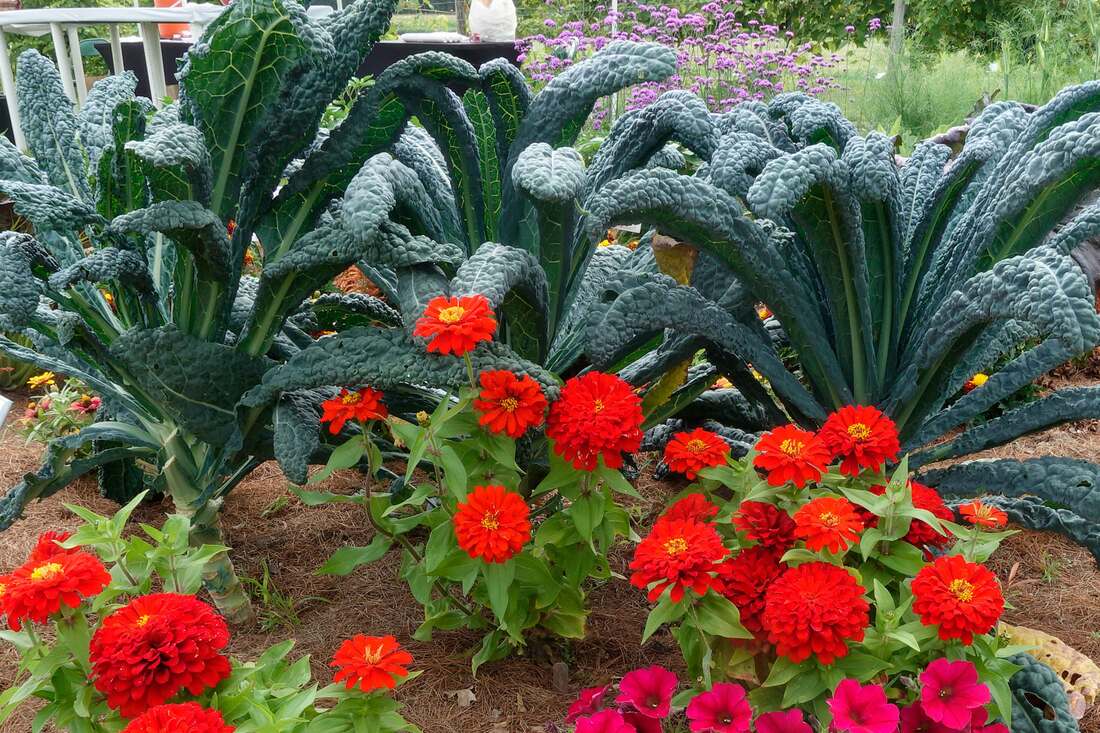
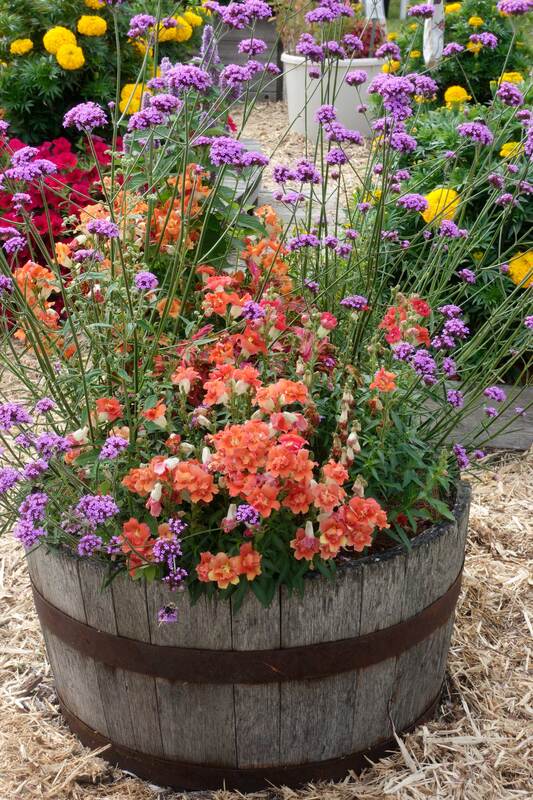
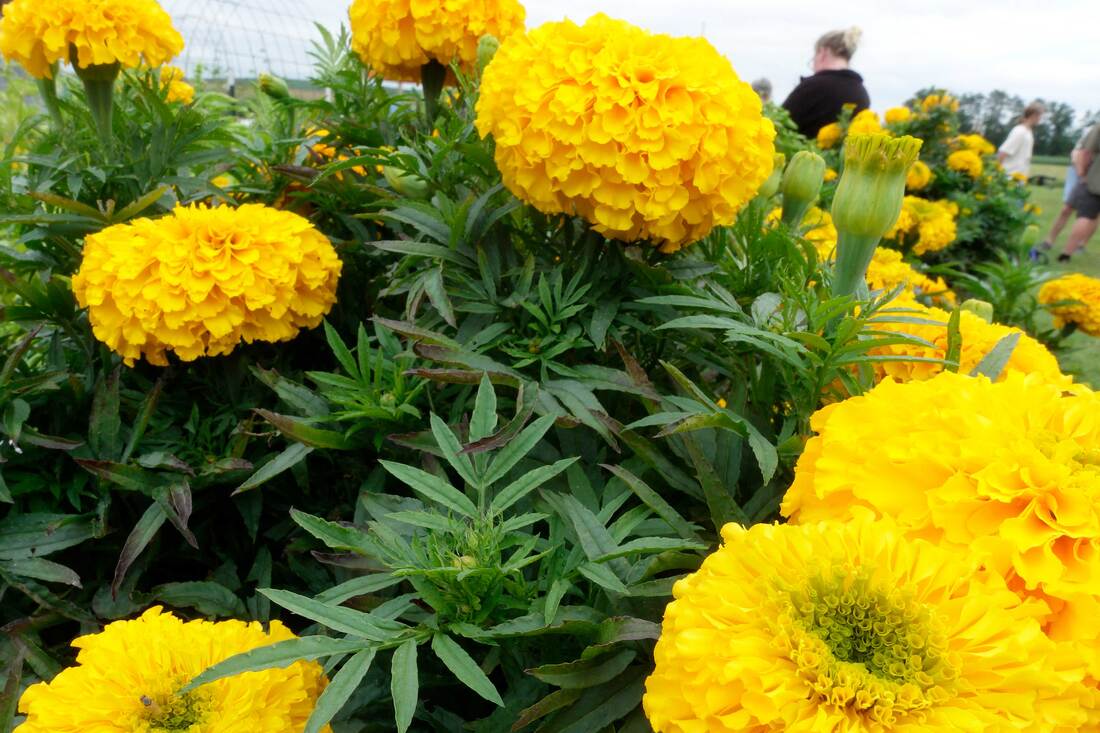
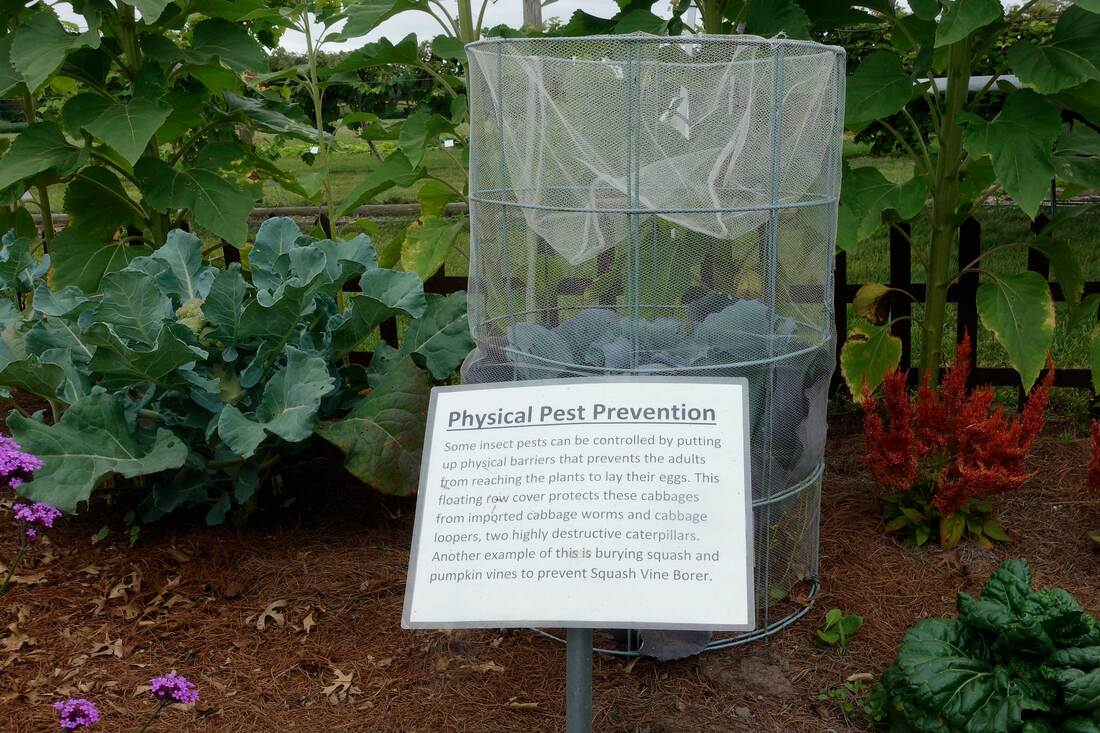
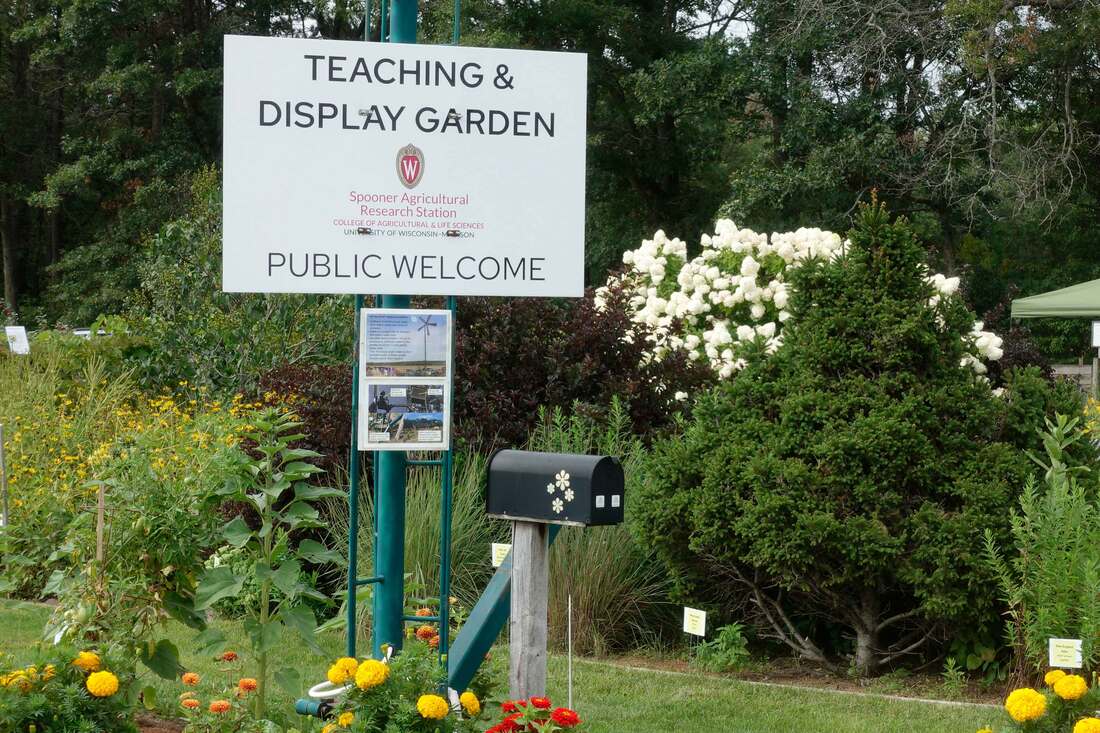
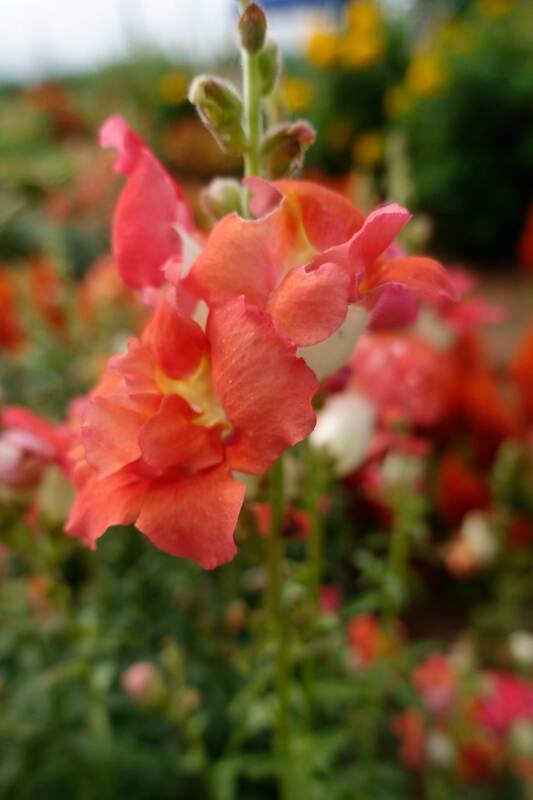
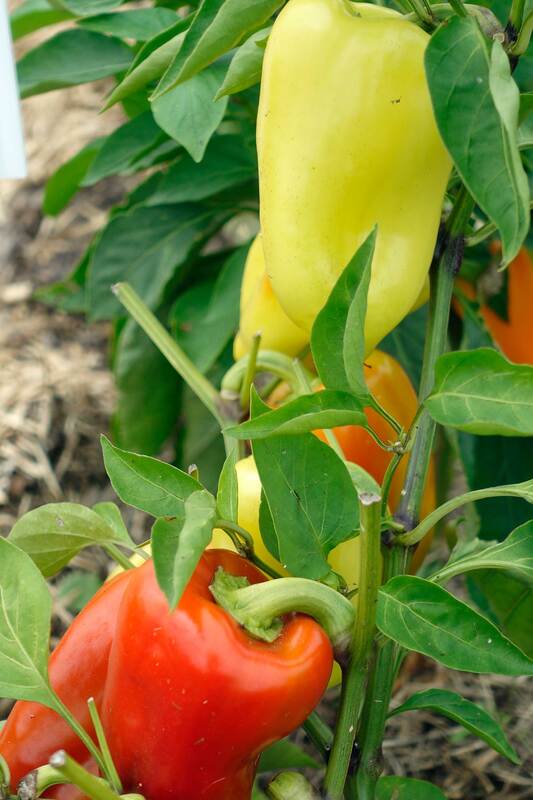
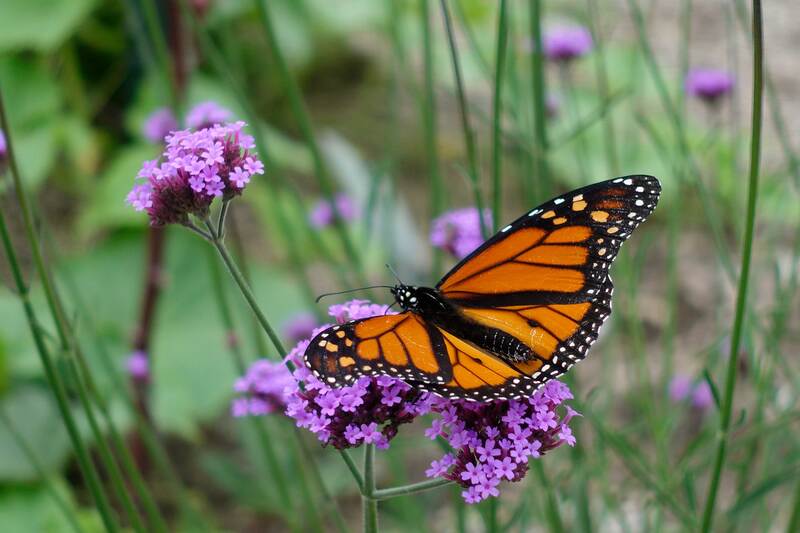


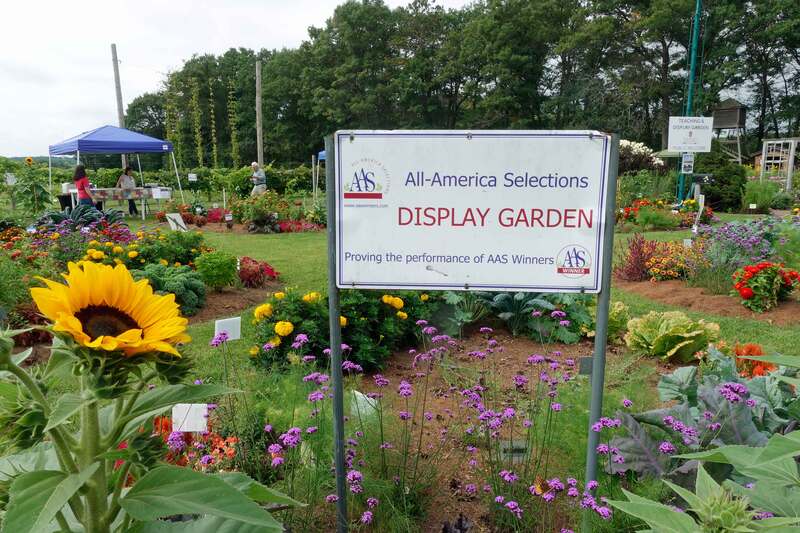
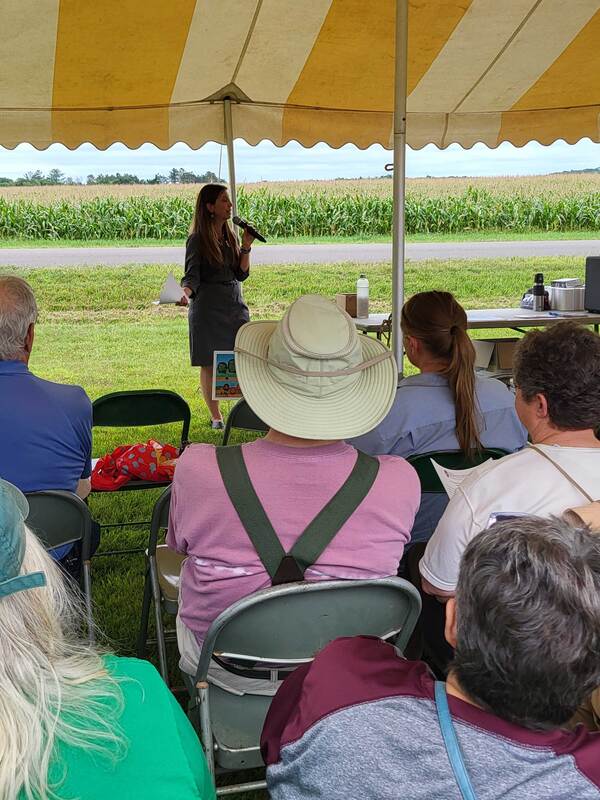
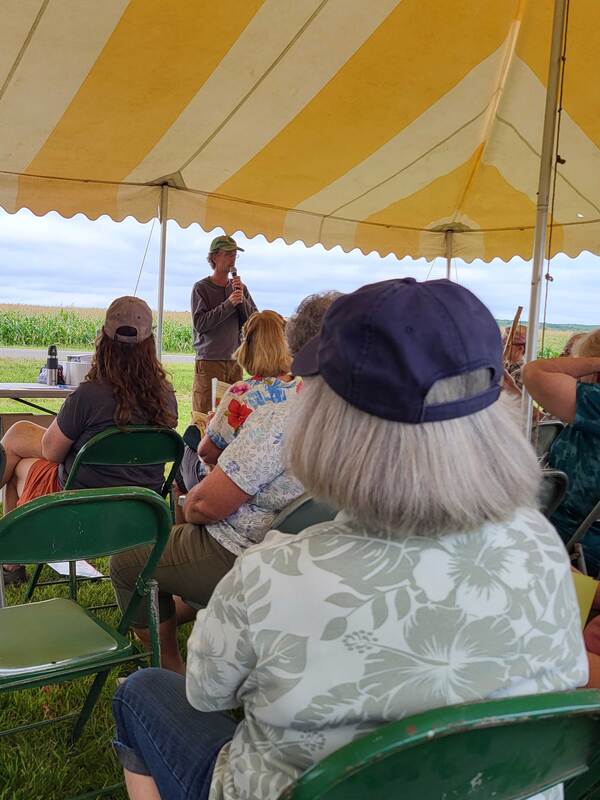
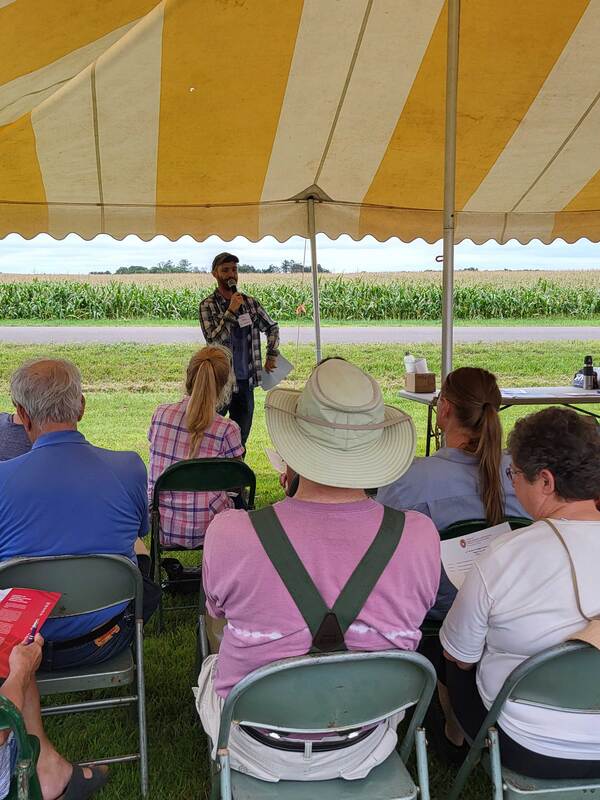
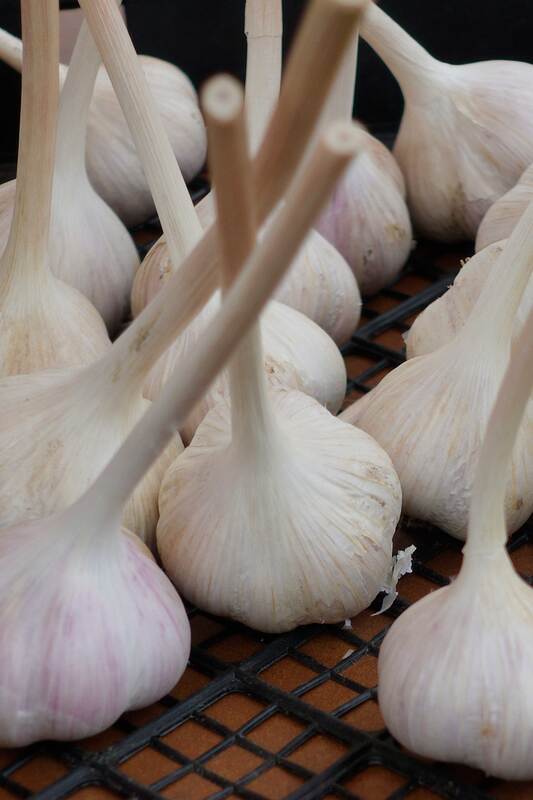
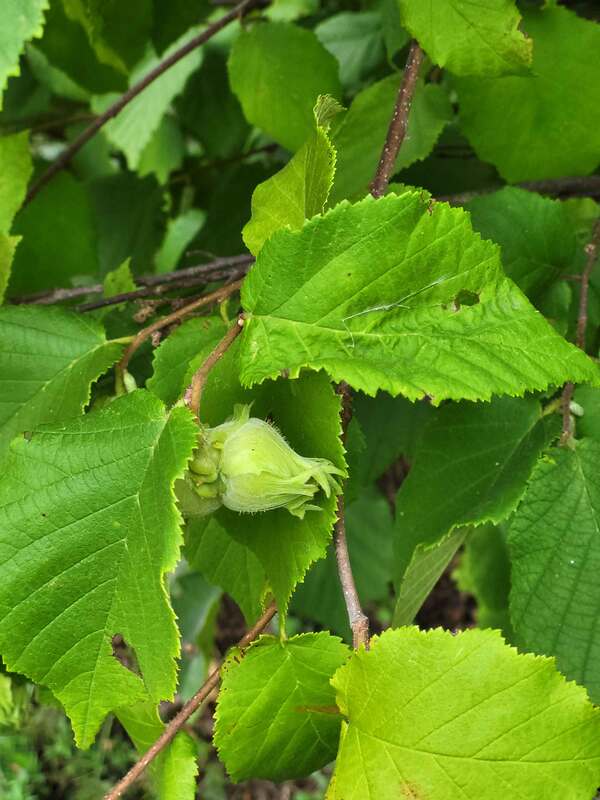
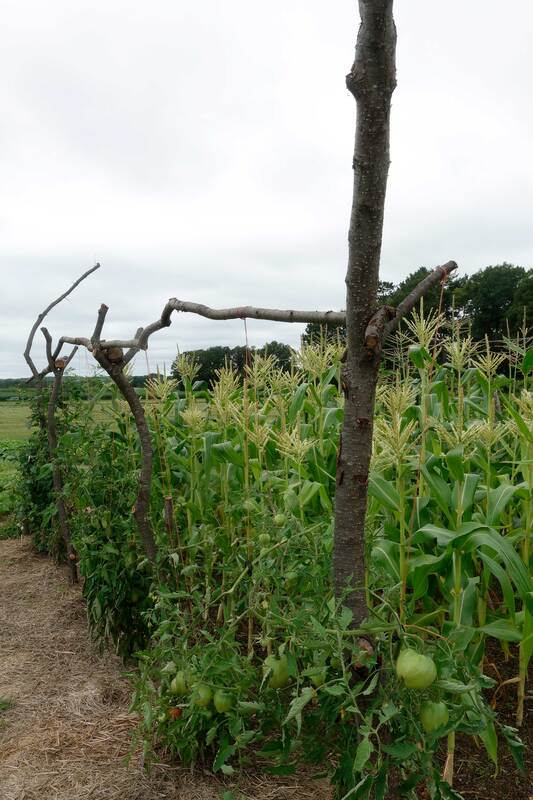
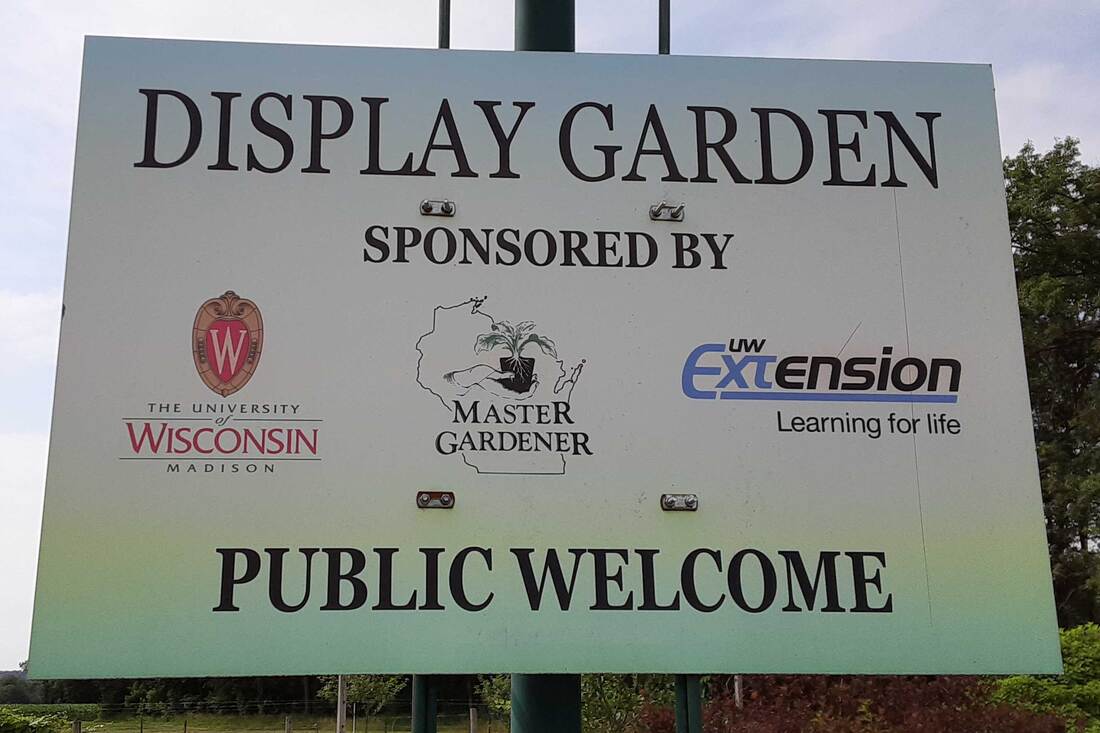
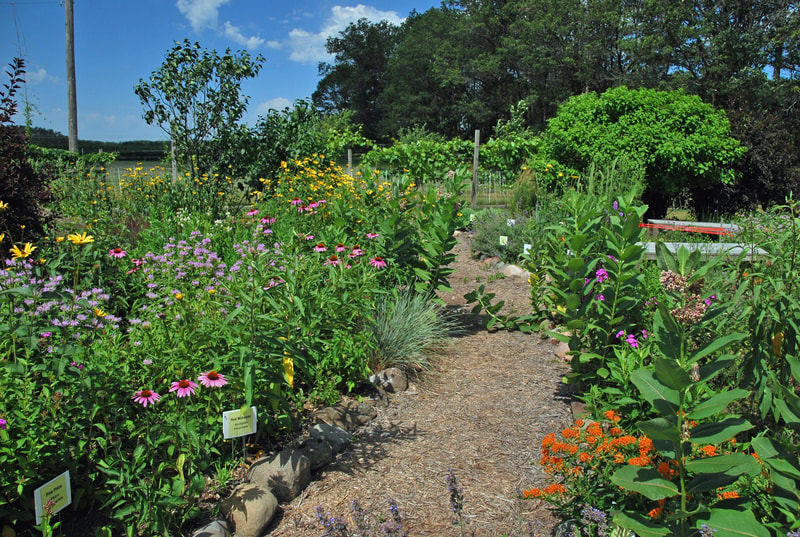
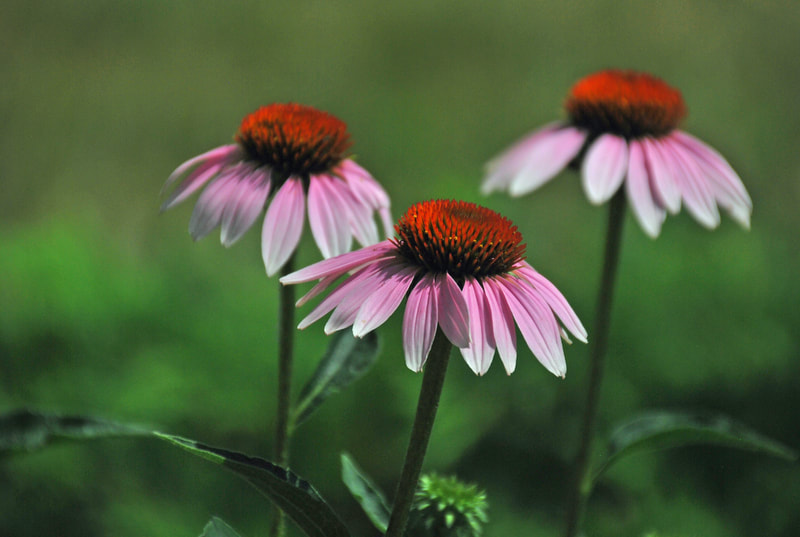
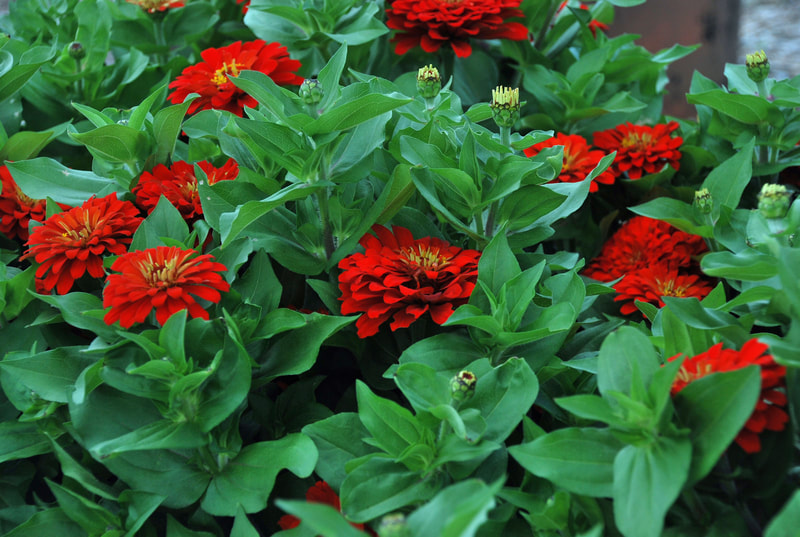
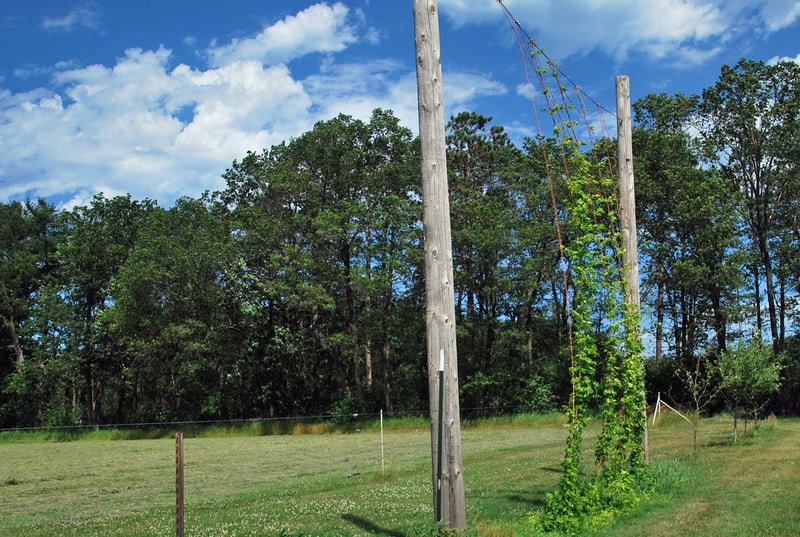
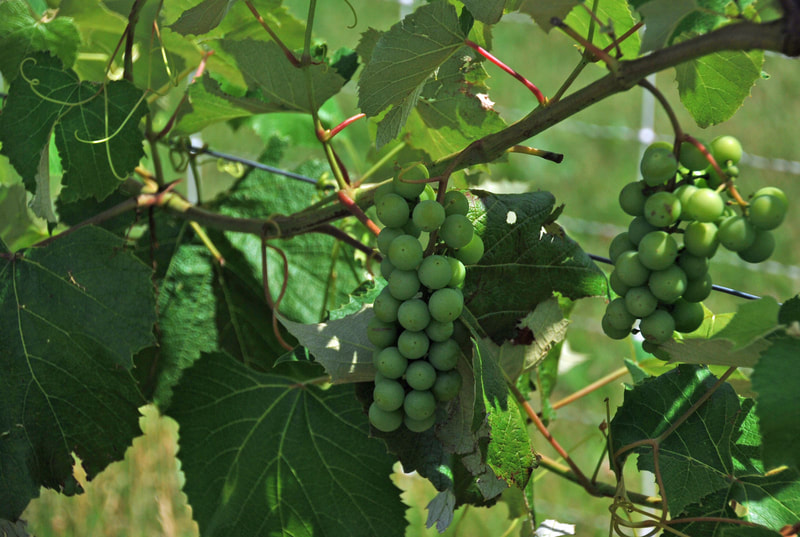
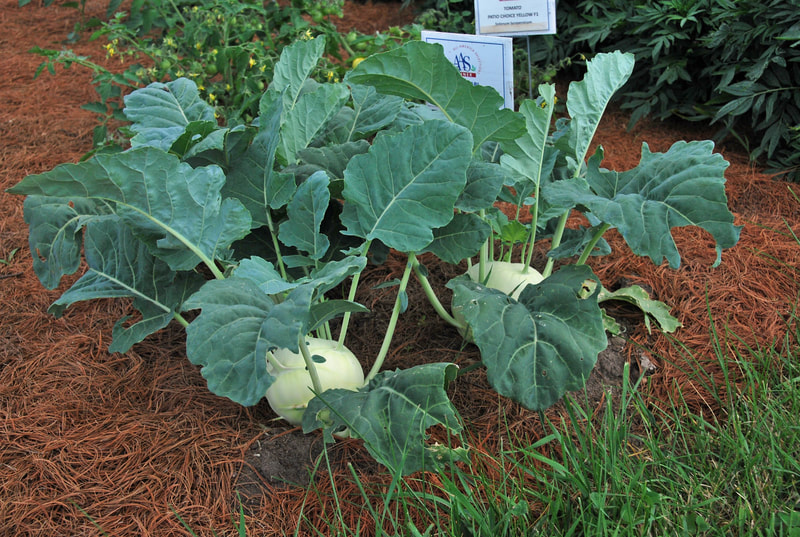
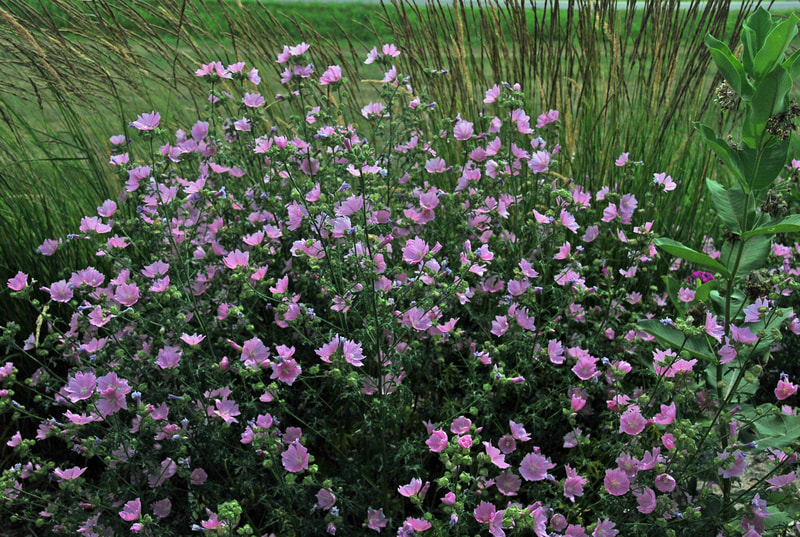
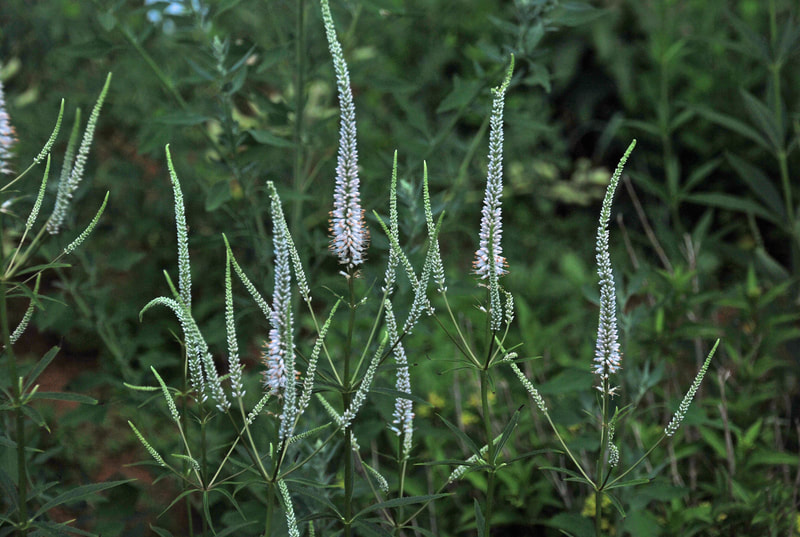
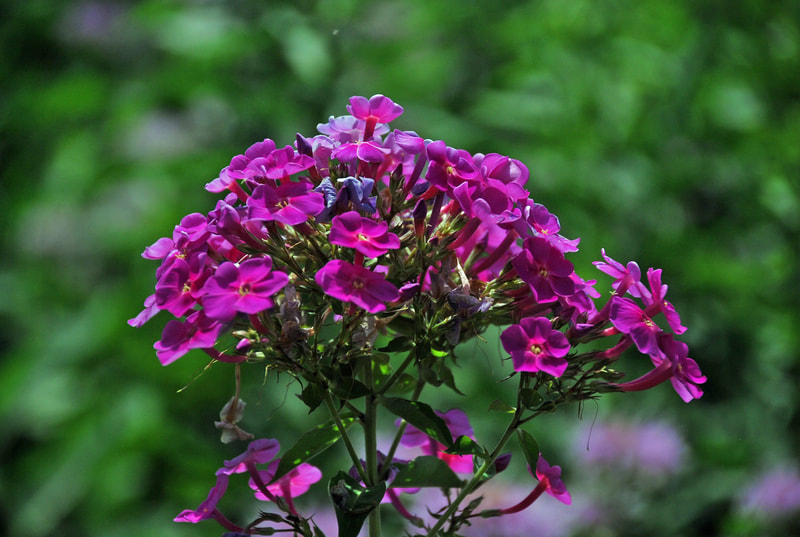
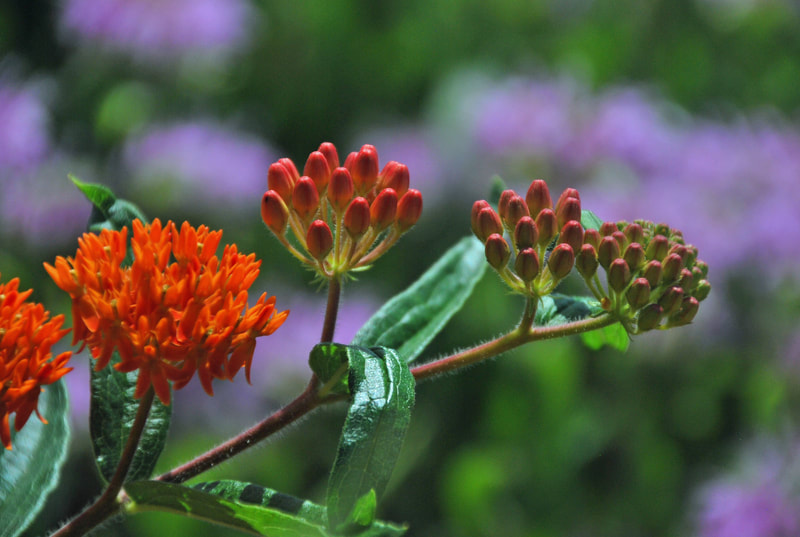
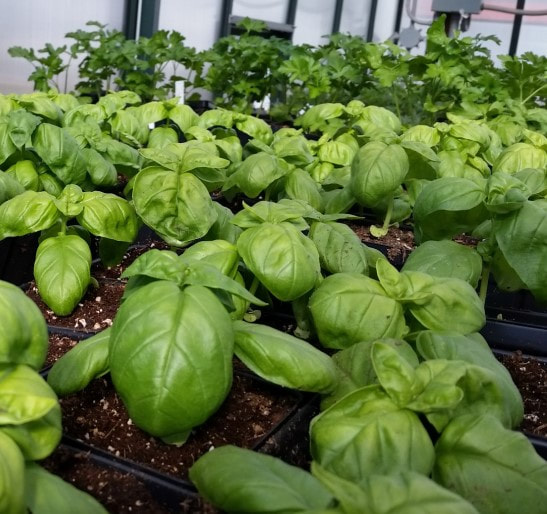
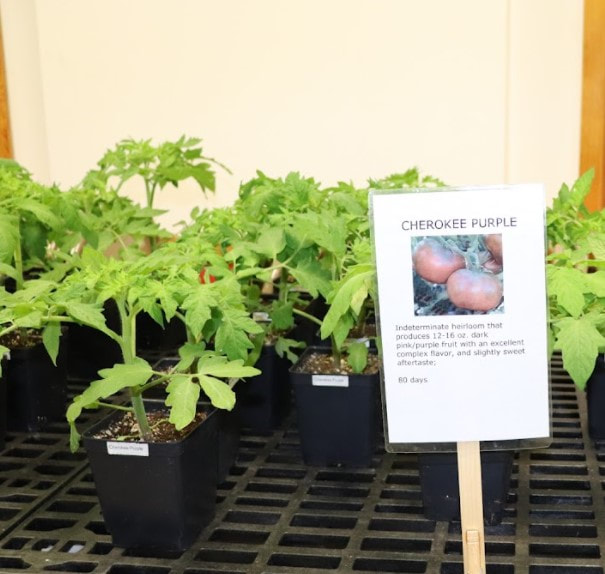
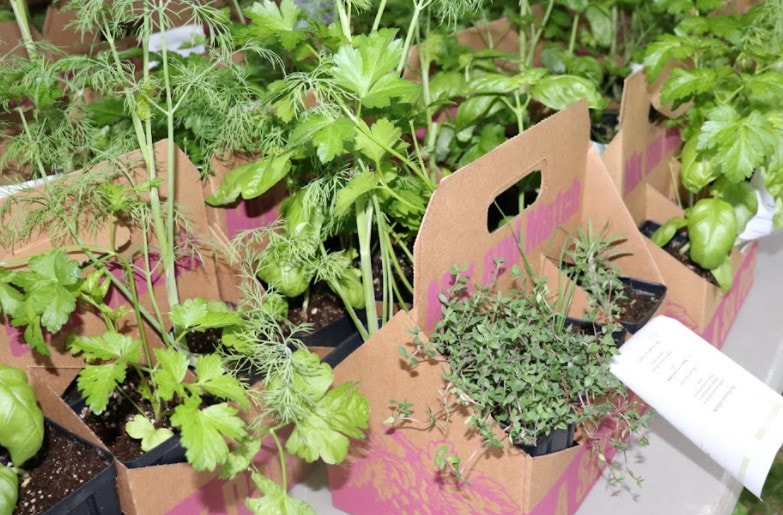
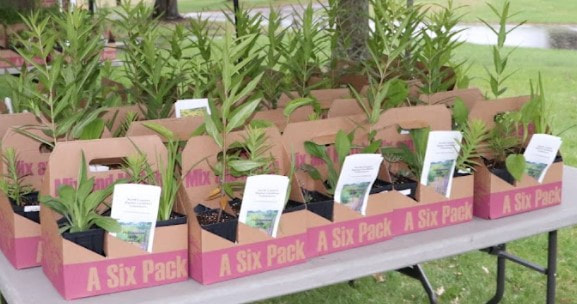
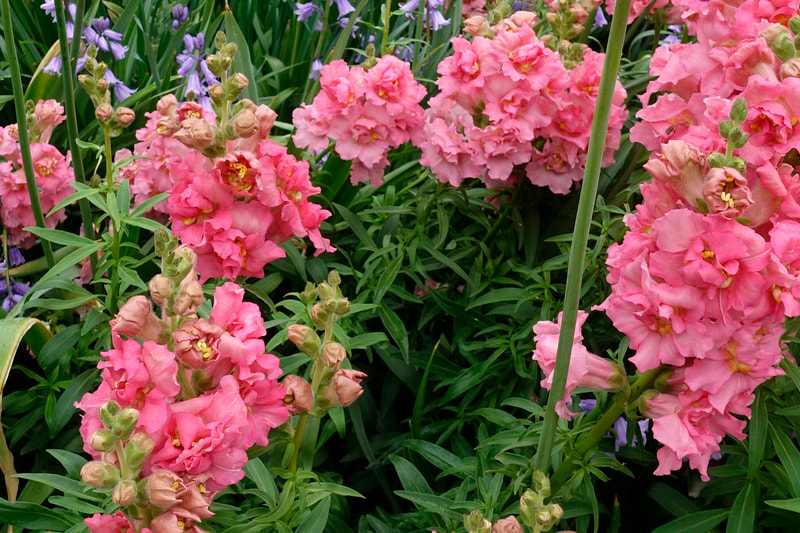
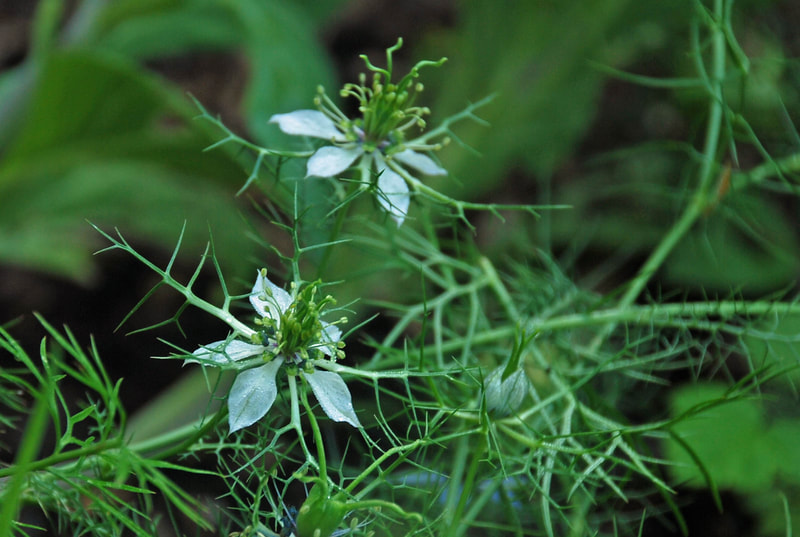
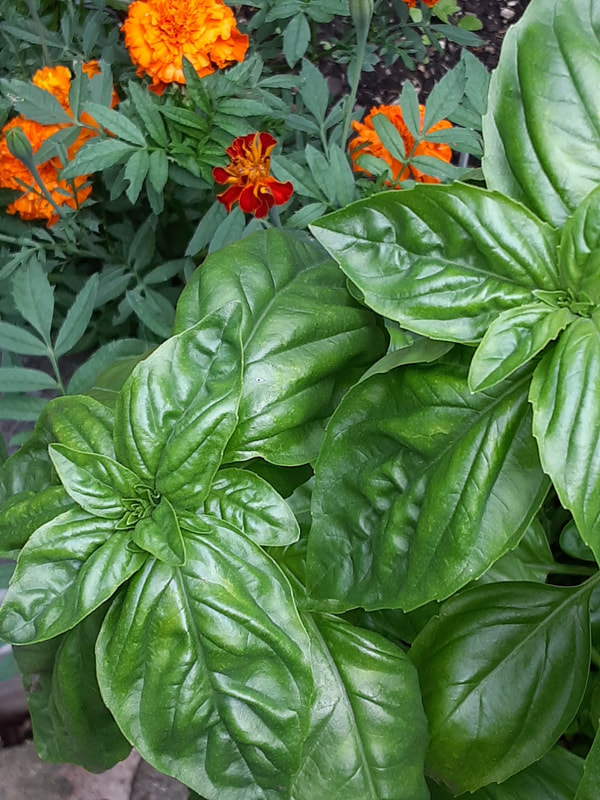
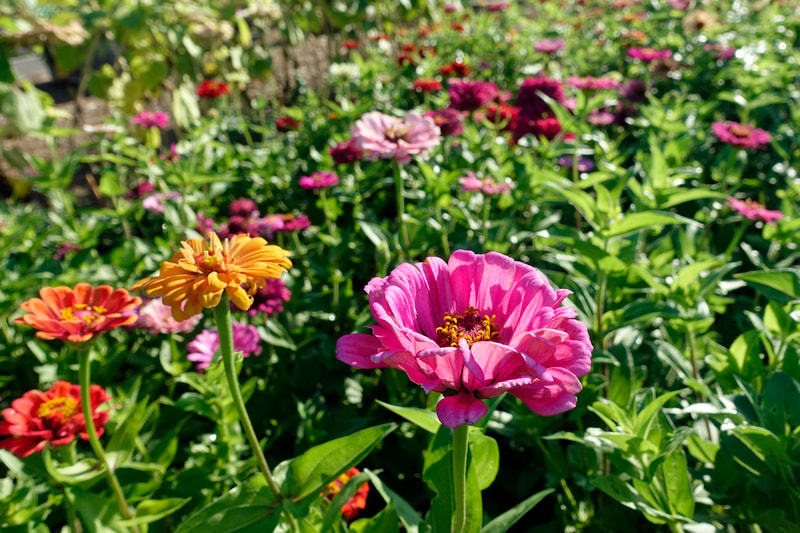
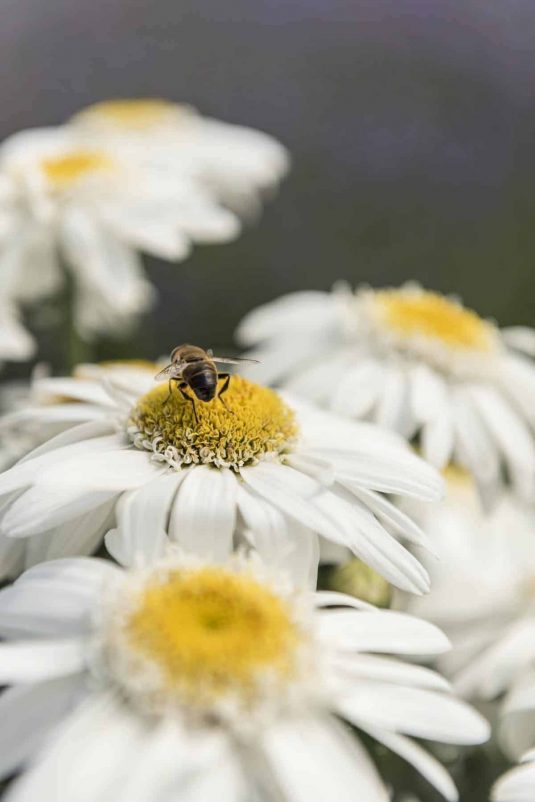
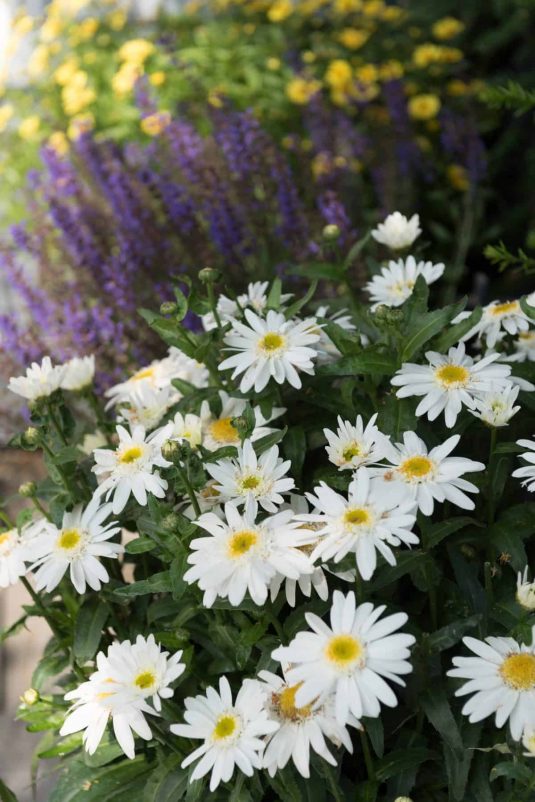
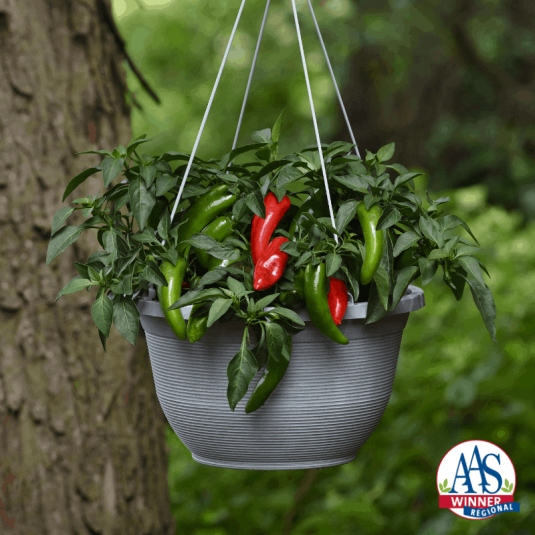
 RSS Feed
RSS Feed